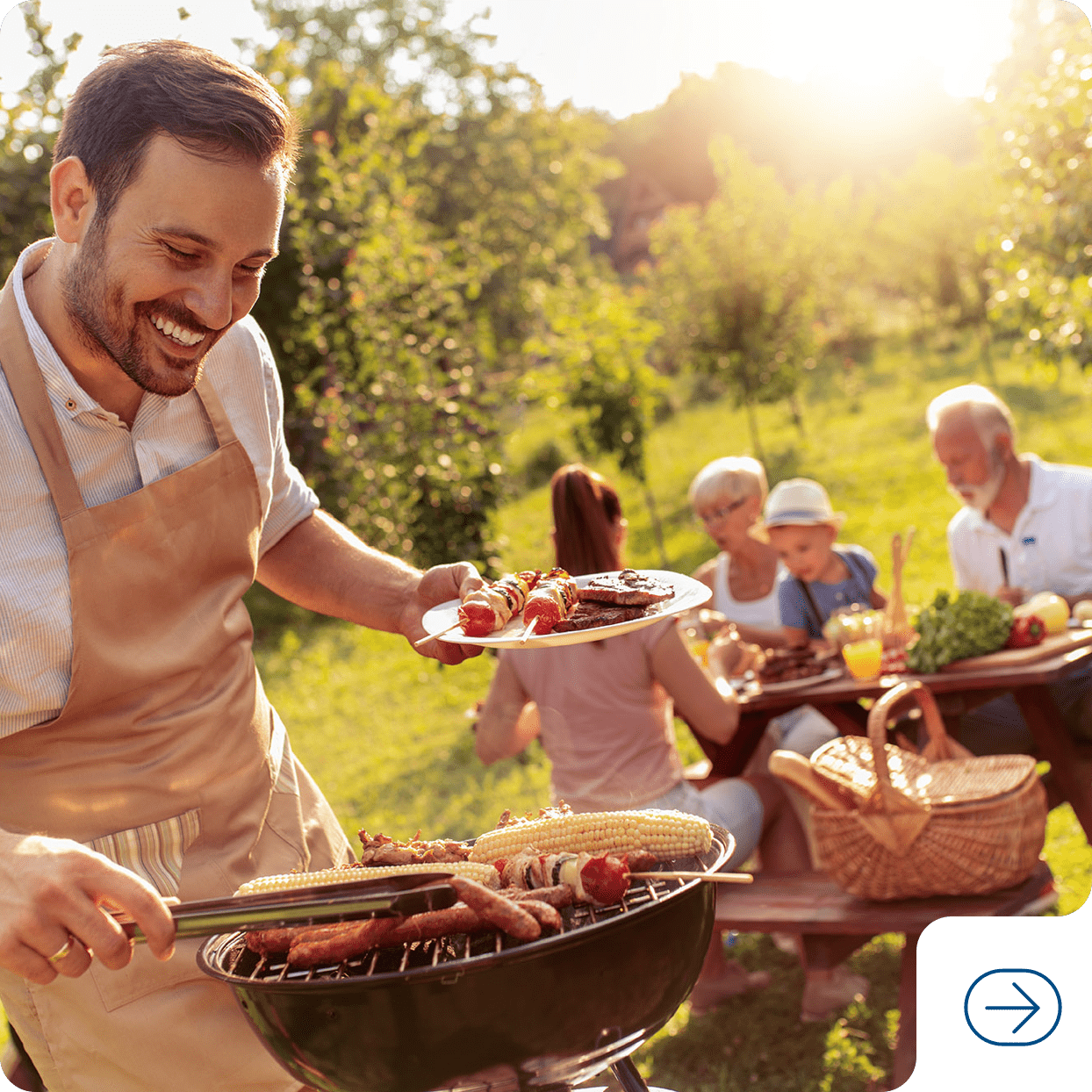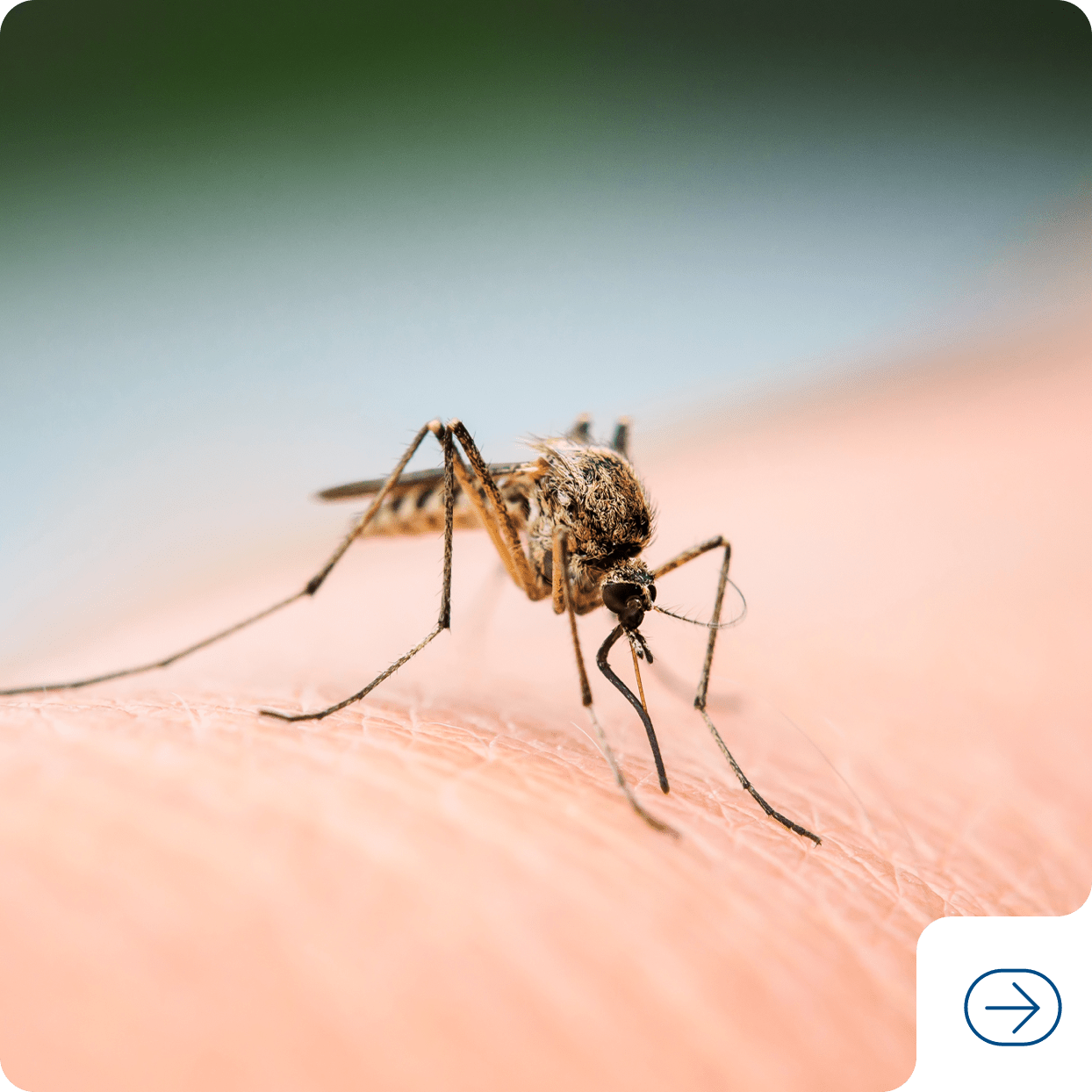‘Tis the Season for Holiday Cooking Safety
FOOD SAFETY

As the holiday season approaches, the Southern Nevada Health District is serving up some timely tips to help ensure the safety of your festive feast. You can ensure your celebrations with families and friends stay merry and bright by following a few simple safety guidelines.
The Foodsafety.gov website offers four basic steps to keep safety front and center for your holiday meals:
- Clean
- Separate
- Cook
- Chill

Cleaning is the first step because it starts with thoroughly washing hands, surfaces and cooking utensils. Germs can survive in many places and can spread throughout the kitchen. Your hands should be washed for at least 20 seconds with soap and water before, during and after preparing food and before eating. Likewise, it’s also important to wash your hands after other activities when germs can spread including after going to the bathroom, changing diapers, touching garbage, blowing your nose, coughing or sneezing, or touching animals, including their food or treats.
The next step is to separate raw meat, poultry, seafood and eggs to avoid cross-contamination. Keep raw or marinating meat, poultry, seafood, and eggs separate from all other foods in the refrigerator. Use one cutting board for raw meat, poultry and seafood and a separate cutting board for fresh produce and items that won’t be cooked. Also, don’t wash raw meat, poultry or eggs because this can actually spread germs.
The third step is to cook food to the right temperature. Food is safely cooked when it reaches a temperature high enough to kill the germs that can make you sick. The only way to know that for sure is to use a food thermometer. Check out the Minimum Cooking Temperature Chart on the FoodSafety.gov website for a list of foods and their safe internal temperatures. The temperature of reheated food should also be checked before eating. Keep hot food hot, at 140°F or above, after cooking.
The fourth step is to chill food promptly. Bacteria can multiply rapidly if left at room temperature or in the “danger zone.” When preparing food at home, the recommended consumer range is between 40°F and 140°F. Refrigerators should be set to 40°F or below and freezers at zero or below. Refrigerate perishable food, such as meat and dairy, within two hours.
For additional tips go to www.foodsafety.gov/keep-food-safe/4-steps-to-food-safety and Food Safety for the Holidays | CDC.
You can also take steps to keep uninvited guests from crashing your holiday festivities or extending their stay if they do make an appearance. Serve up a safer and healthier holiday season by adding the updated COVID-19 and seasonal flu vaccines to your holiday plans! You can get both vaccines at the same time, and they’re available at Health District clinics as well as pharmacies and health care provider offices throughout Southern Nevada. To locate a COVID-19 vaccine clinic, visit www.SNHD.info/covid-vaccine. For information about flu vaccine clinics, go to www.snhd.info/flu.
Happy Thanksgiving, and Have a Happy and Healthy Holiday Season From All of Us at the Southern Nevada Health District!




